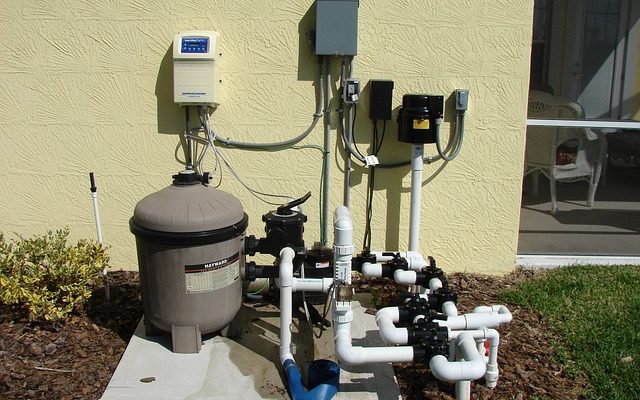Water pumps are essential tools in various industries, households, and agricultural settings. They play a major role in moving water, providing access to clean water, or irrigating crops.
Have you ever wondered how these pumps actually work?
The following information will give you the basic details for pump operation and transport.
Types of Water Pumps
There are three main types of water pumps – centrifugal pumps, positive displacement pumps, and electric submersible pumps (ESPs). Each type of pump serves a specific purpose and operates through a unique mechanism and design.
1. Centrifugal Pumps
Centrifugal pumps are commonly used for large-scale applications like municipal water systems or industrial operations. This type of pump utilizes a spinning impeller which creates centrifugal force to move water.
How the pumps work in 5 steps:
- The impeller is connected to an electric motor or engine.
- As the motor rotates, the impeller spins within a casing.
- This spinning action generates kinetic energy which creates a pressure difference between the intake and discharge points.
- The pressure difference causes the water to be pushed outwards and exit the pump through a discharge pipe.
Centrifugal pumps are used for residential water supplies, for disposing slurry and sewage, for fire protection, and for manufacturing foods and beverages. They also are employed for gas and oil operations and for chemical manufacturing.
2. Positive Displacement Pumps
Positive displacement pumps operate by transferring a fixed volume of water in each cycle, making them ideal for tasks that require a consistent pressure and flow rate. Common types of positive displacement pumps include piston, diaphragm, and rotary models.
These pumps are usually employed for smaller-scale applications with homes and on farms.
In piston pumps, a motor-driven piston moves back and forth within a cylinder.As the piston retracts, it creates suction that draws water into the cylinder through an inlet valve.
When the piston advances forward again, it pushes the trapped volume of water out through an outlet valve.
3. Electric Submersible Pumps (ESP)
An electric submersible pump also called an ESP or sub pump is designed with a tightly sealed motor which is close-coupled to the pump’s assembly. The whole body is submerged in the liquid the ESP pumps.
An ESP drives fluids to the surface, which creates a vacuum. Therefore, it relies on atmospheric pressure to work. The pump uses pressurized fluid to drive a hydraulic motor, and is often used for pumping sewage or for industrial applications. Multiple-stage ESPS are frequently made for transporting well water and oil.
Selecting the Right Pump
When customers buy Monarch water pumps–a premium brand–they need to consider the specific requirements of their water pump’s application. Key factors to consider include:
- Flow rate: This is the amount of water the pump can move per unit of time. Make sure to select a pump with a flow rate that meets your exact requirements.
- Head pressure: This is the resistance to flow created by gravity and friction. A higher head pressure indicates that the pump can move water over greater distances, or lift it to higher elevations.
- Energy efficiency: Consider the energy use of the pump, as this will affect your operating costs over time.
Summarization
Water pumps play an integral part in our daily lives as they efficiently move water from one location to the next. Understanding how they work and selecting the appropriate type for your needs can help you make better and more informed decisions.




















